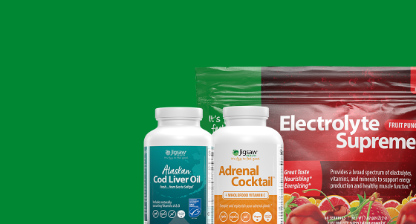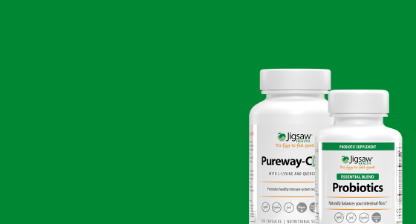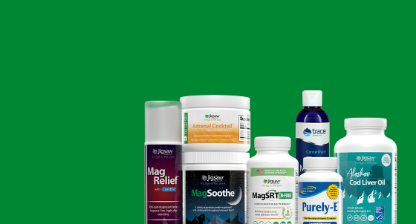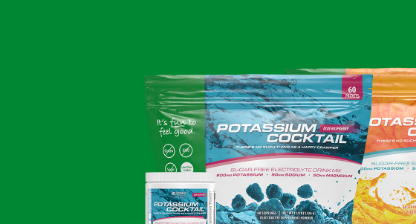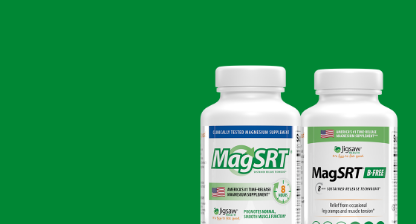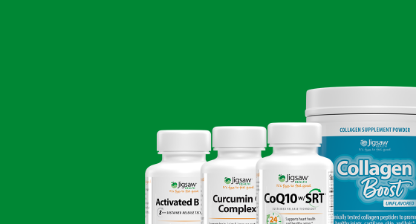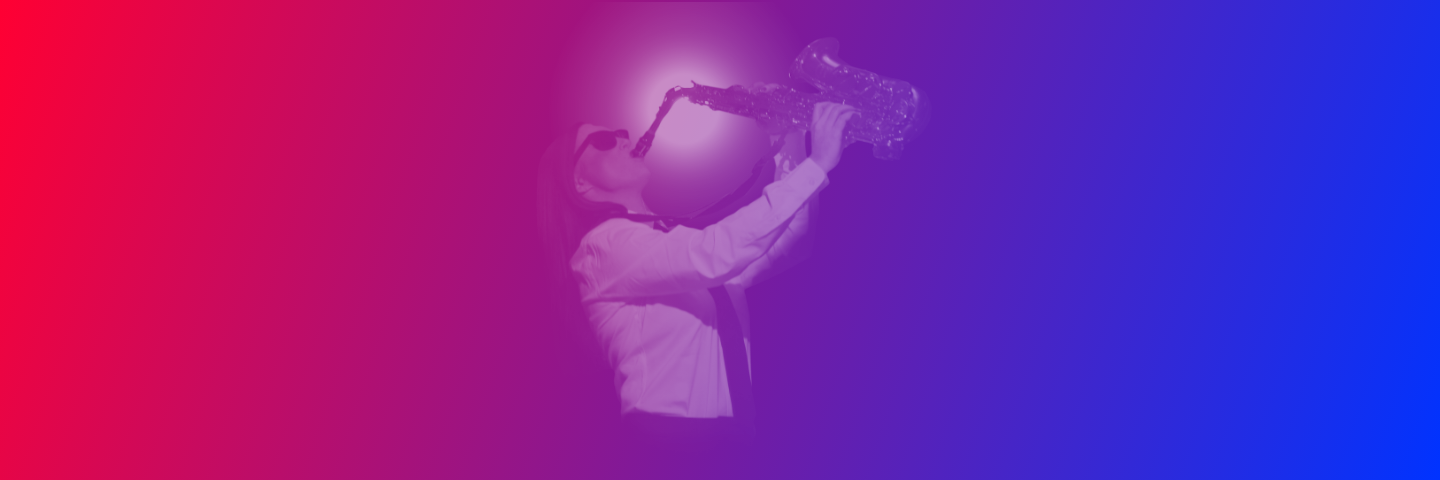Research shows that blue light surpasses other colors of light when it comes to resetting the body’s internal clock and restoring adequate sleep-wake cycles. Blue light can be particularly helpful for those people whose circadian rhythm are thrown off kilter by the shortening of days and increased time of darkness during the fall and winter months.
A Harvard University study showed that the body’s internal clock (or circadian rhythm) is set by more than just vision alone. It was previously believed that the sight of light reset the body’s clock. However, Harvard’s research among blind people showed that the human clock is reset, whether or not the person actually sees the light. In order to understand this phenomenon, researchers began to explore the human effects of exposure to different colors of light.
When participants in the Harvard University study were exposed to blue light and green light, blue light shifted the body’s circadian rhythm twice as much as the green light, proving that blue light has a unique effect on resetting the body’s internal clock.1
The Sixth Sense: We Can Detect Light without Seeing It
It is suspected that one vision system controls what we see, while another vision system controls the body’s internal clock (independent of sight). Some have labeled this system the “sixth sense.” This second vision system regulates the delicate timing of vital hormones that regulate mood, relieve stress, and produce restful sleep. A light-sensitive protein called melanopsin found in the eyes’ retinas can detect light and transmit signals to reset the body’s internal clock settings—even when the ability to see is lacking.2
In particular, melanopsin has been shown to react very effectively to a blue light wavelength in the range of 446-447 nanometers (nm).
Interestingly, people with low levels of melanopsin tend to suffer more frequently from sleep and mood disorders. Compelling studies have also shown that people with low melanopsin levels take longer to react to light. Furthermore, melanopsin is responsible for pupils contracting and dilating effectively. In people who have low levels of melanopsin, their pupils don’t contract and dilate as well as they should—something which may serve as a diagnostic tool for Seasonal Affective Disorder and Circadian Rhythm Disorder.3
Rise and Shine
Sunlight is essential for keeping in step with the earth’s rotation. Sunlight signals the body to enter into an active state. When the body is awakened by the sun’s rays, serotonin, adrenalin, and cortisol levels go up, while melatonin levels go down. Body temperature and metabolism also go up when a person awakes from sleep.
When the sun goes down and darkness sets in, the pineal gland converts serotonin to melatonin. Melatonin—also known as the “sleep hormone” triggers the body to sleep. Body temperature and metabolism go down, as the body enters a hibernation state.
But for some people, the hormones that regulate mood and sleep are thrown off balance by the change of seasons. Blue light therapy has proven to be an effective method to help the body get back on track during the fall and winter months.
Studies have confirmed that blue light in the range of 470 nm is most effective for treating Seasonal Affective Disorder.4 A blue light therapy plan should be customized according to a person’s specific symptoms and schedule requirements, and a medical professional should monitor the plan to determine the most effective blue light therapy schedule for the patient.5,6
The Safety of Blue Light
There has been a lot of hype about blue light hazard. In order to understand this better, you have to look at light frequencies. Light wavelengths in the 415-430 nanometer range are actually in the ultraviolet or UV range. This wavelength can cause retinal cell death, or macular degeneration. The spectrum of light goes from ultraviolet (UV) to violet to indigo to blue. By the time you get to blue, it is very safe for the eyes. It’s important to point out that the color that the eye sees is what the eye is used to or adapted to over eons of time, and that color is safe for the eye. The wavelengths of light that cause damage are the ones we can't see: UV and near UV, as well as thermal radiation from infra-red on the other end of the spectrum.
It’s prudent to have your eyes examined before you start blue light therapy. People who have eye conditions, eye damage, eye surgery (such as cataract removal), or who have chronic conditions that affect sight such as type 2 diabetes, should always consult with an ophthalmologist before starting ANY form of light therapy. This is because damaged eyes may not have healthy mechanisms in place that protect the eye from bright light—even sunlight from a bright day. Routine checkups with the ophthalmologist will ensure that your eyes are healthy and able to process light effectively.
Cited Sources:
1) “When Light Has You Singing the Blues,” Harvard Gazette
http://www.news.harvard.edu/gazette/2003/09.25/01-light.html
Accessed Oct. 2005
2) “A Broad Role for Melanopsin in Nonvisual Photoreception,” Journal of Neuroscience
http://www.jneurosci.org/cgi/content/abstract/23/18/7093
3) “The Circadian Pathway,” Talk about Sleep
http://www.talkaboutsleep.com/circadian-rhythm-disorders/circadian-rhythm-sleep-disorders/02-the-circadian-pathway.htm
Accessed Oct. 2005
4) “Light Therapy For Seasonal Affective Disorder With 470 nm Narrow-Band Light-Emitting Diodes
(LEDs),” B. Byrne, G. Glickman, C. Pineda, G.C. Brainard
Department of Neurology, Thomas Jefferson University, Philadelphia, PA, USA
http://www.apollolight.com/pdf_files/Apollo%20LED%20Light%20Therapy%20for%20SAD.pdf
Accessed Oct. 2005
5) “Diagnosis and Treatment of Seasonal Affective Disorder,” Norman E. Rosenthal, M.D.
http://www.normanrosenthal.com/articles.shtml
Accessed Oct. 2005
6) Bluewave Technology, Apollo Health
http://www.apollolight.com/bluewave.html
Accessed Oct. 2005


